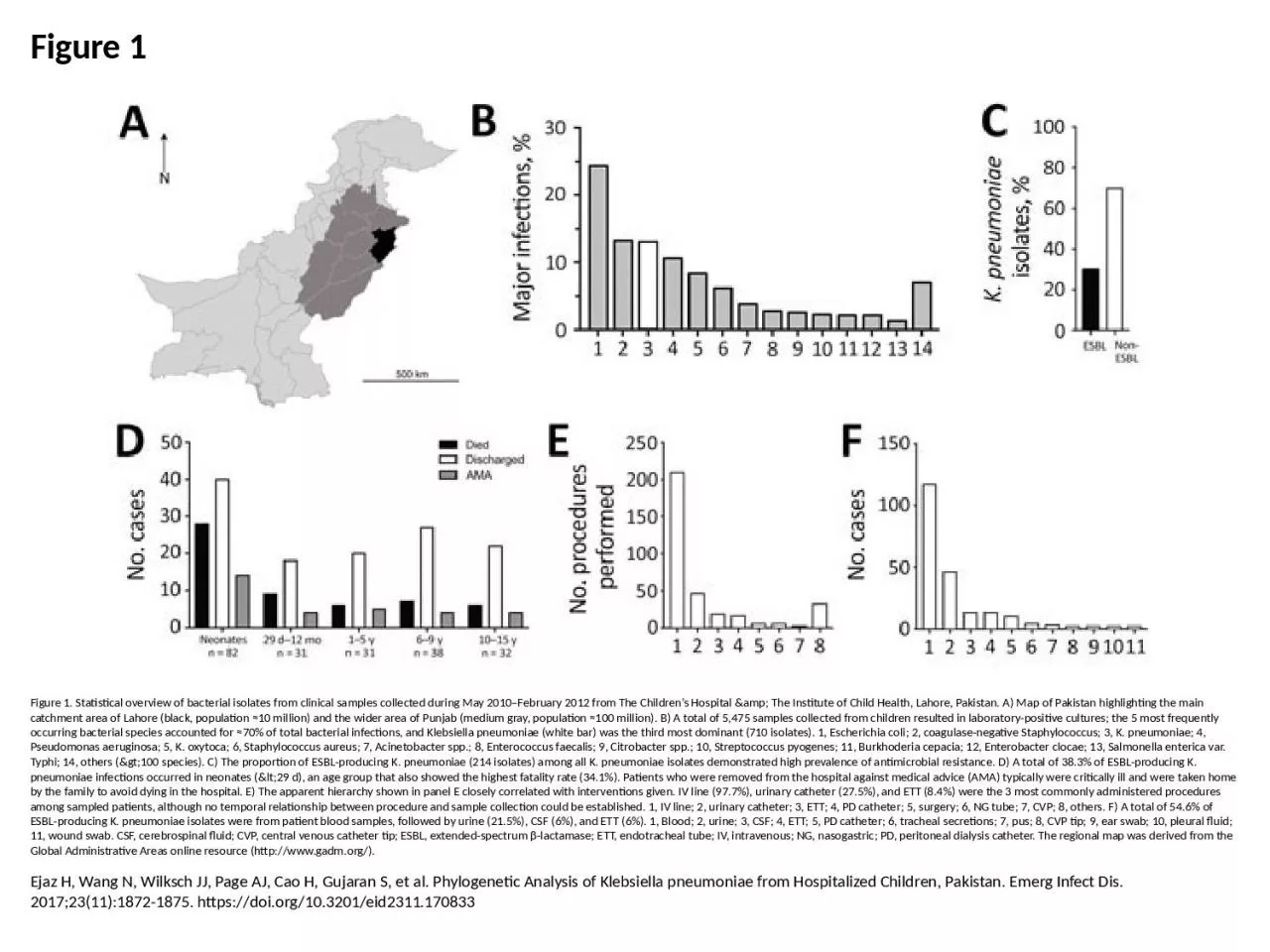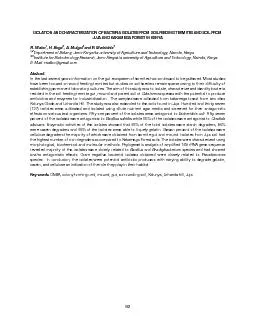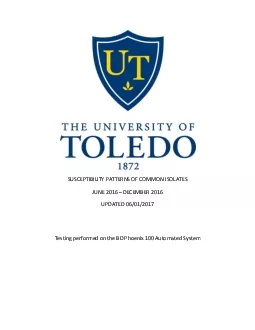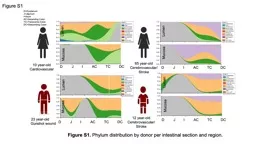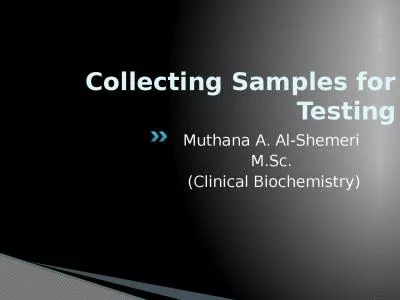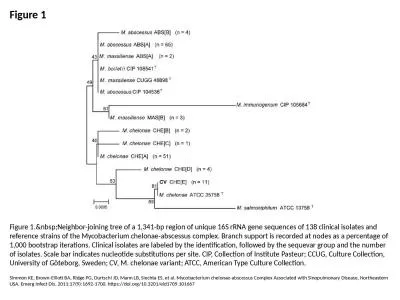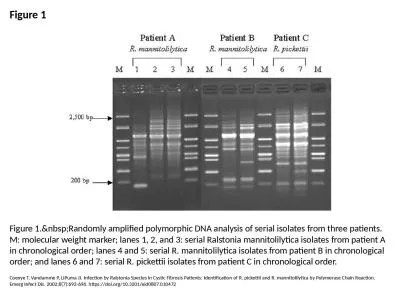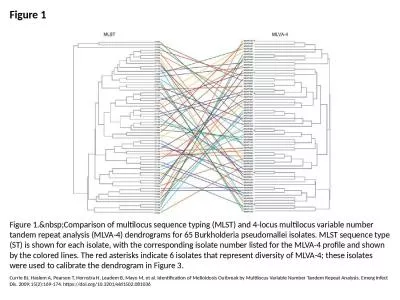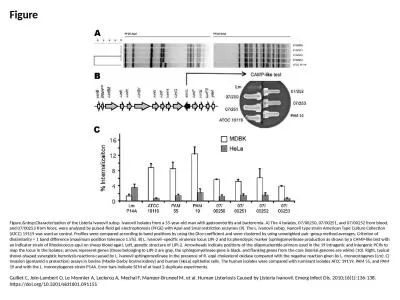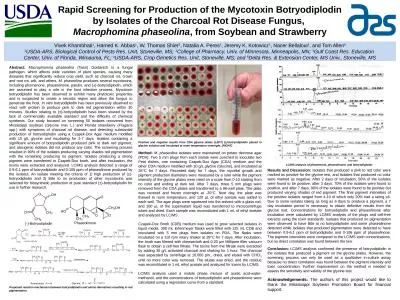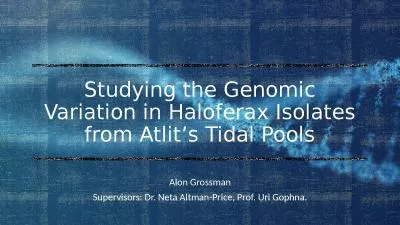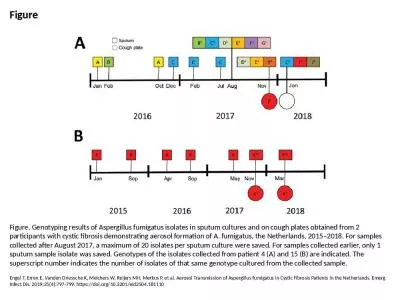PPT-Figure 1 Figure 1. Statistical overview of bacterial isolates from clinical samples collected
Author : wang | Published Date : 2024-01-29
Ejaz H Wang N Wilksch JJ Page AJ Cao H Gujaran S et al Phylogenetic Analysis of Klebsiella pneumoniae from Hospitalized Children Pakistan Emerg Infect Dis 2017231118721875
Presentation Embed Code
Download Presentation
Download Presentation The PPT/PDF document "Figure 1 Figure 1. Statistical overview ..." is the property of its rightful owner. Permission is granted to download and print the materials on this website for personal, non-commercial use only, and to display it on your personal computer provided you do not modify the materials and that you retain all copyright notices contained in the materials. By downloading content from our website, you accept the terms of this agreement.
Figure 1 Figure 1. Statistical overview of bacterial isolates from clinical samples collected: Transcript
Download Rules Of Document
"Figure 1 Figure 1. Statistical overview of bacterial isolates from clinical samples collected"The content belongs to its owner. You may download and print it for personal use, without modification, and keep all copyright notices. By downloading, you agree to these terms.
Related Documents

